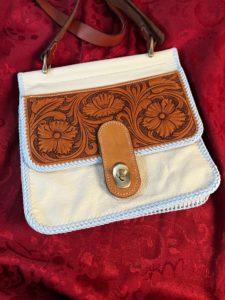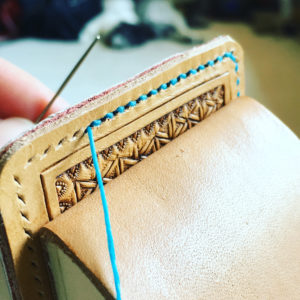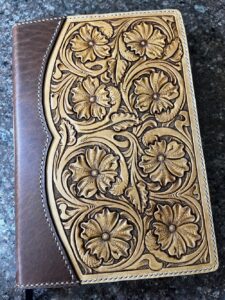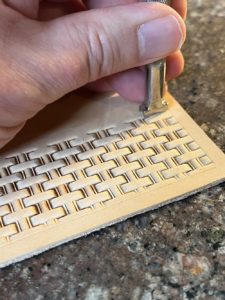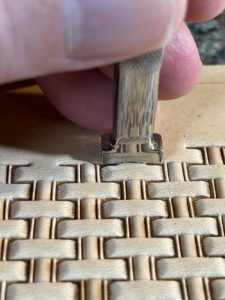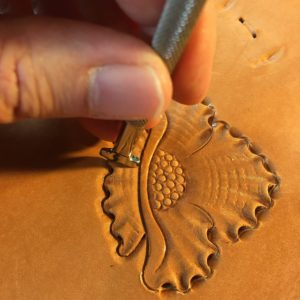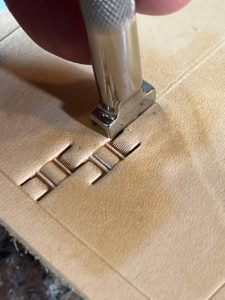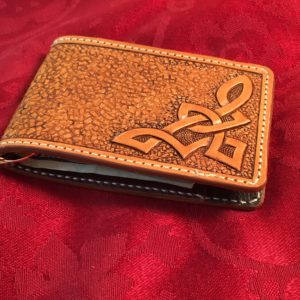Seems like a lot of people have been contacting me looking for custom leather belts here in Fort Collins and other parts of Northern Colorado I have several custom orders making their way through the shop right now. Ordering a custom made belt has a lot of advantages over the mass produced belts you will find in most retail stores..
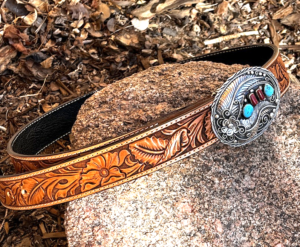
Some of the reasons you might want a handcrafted custom leather belt:
- Superior Leather Quality: Our hand-crafted belts use higher quality, full-grain leather, which is more durable and develops a beautiful patina over time. Mass-produced belts often use lower-grade leather, bonded leather, or synthetic materials that are less resilient.
- Stronger Construction: Our hand-crafted belts typically have thicker leather and are carefully constructed with strong stitching. This meticulous attention to detail results in a belt that can withstand daily wear and tear for years, if not decades.
- Reduced Wear and Tear: Because of the quality of the materials and the construction, our custom leather belts are less likely to stretch, crack, or break compared to mass-produced options.
- Unique Character: No two hand-crafted belts are exactly alike. The natural variations in the leather, the hand-stitching, and any tooling or embellishments contribute to a unique, personalized look. We also work with you to personalize your belt with custom artwork or designs if you like.
- Classic and Timeless Style: Hand-crafted belts often feature designs that are classic and timeless, ensuring they won’t go out of style quickly.
- Customization Options: We do offer customization options, allowing you to choose the leather type, buckle style, stitching color, and even add personal touches like initials or monograms. We will even design unique designs for your belt if that is what you are after to make that unique personal statement.
And one final reason to order a custom leather belt from us: You are purchasing from a local maker in Fort Collins, CO who is hand crafting all his belts right here in Northern Colorado out of the finest full grain leather. They are made with care using quality materials and made to last a lifetime.
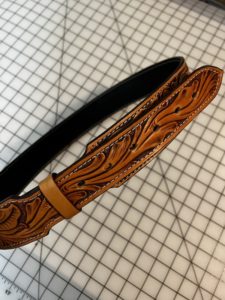
Contact us to start your custom leather belt order. If you are in the Fort Collins area or anywhere in Northern Colorado we can even meet in person to discuss what you want your belt to look like and what special personalizations you would like.

